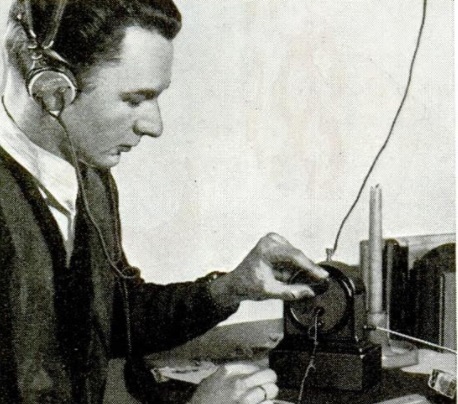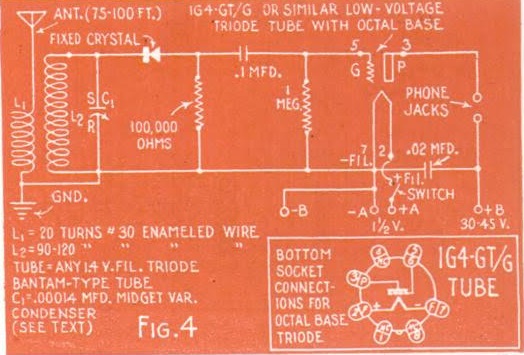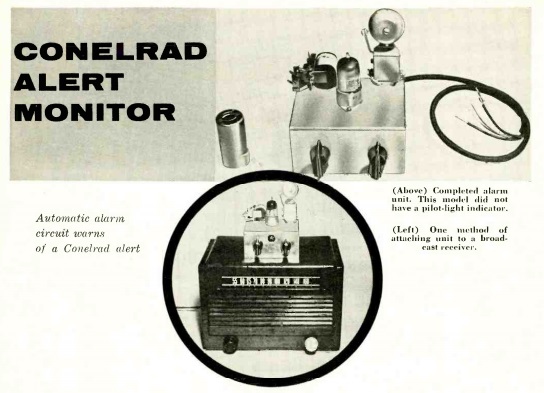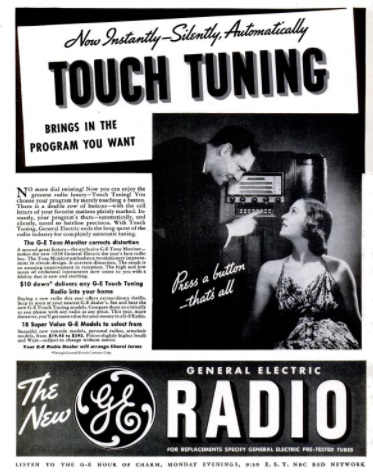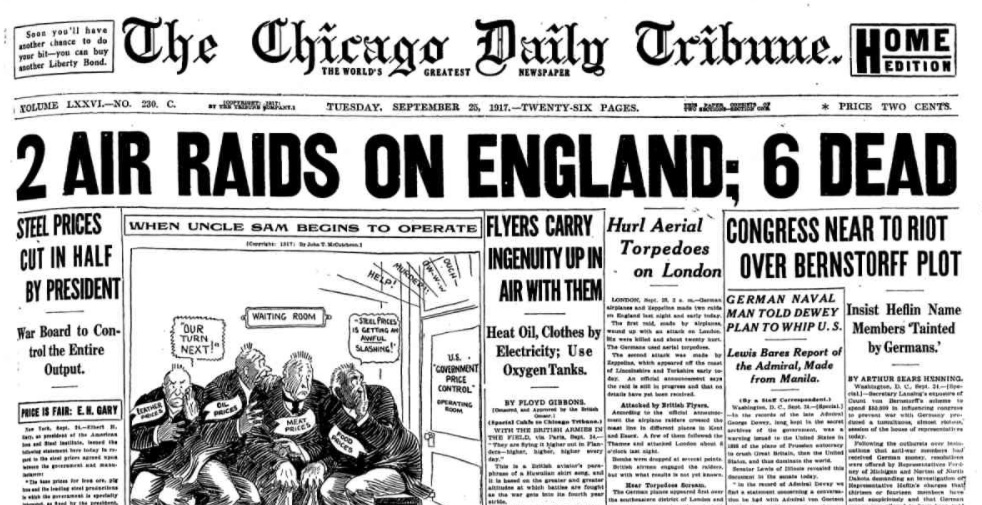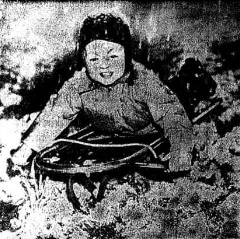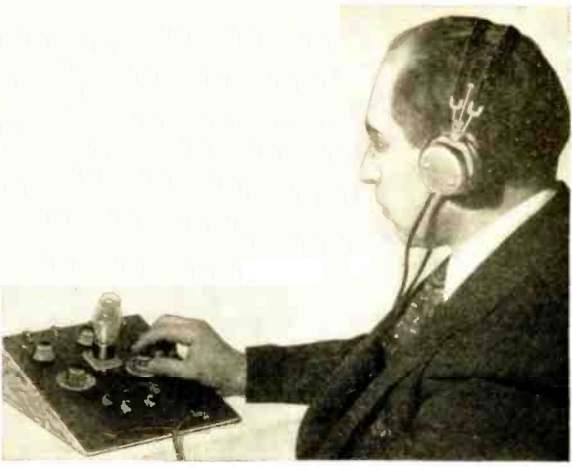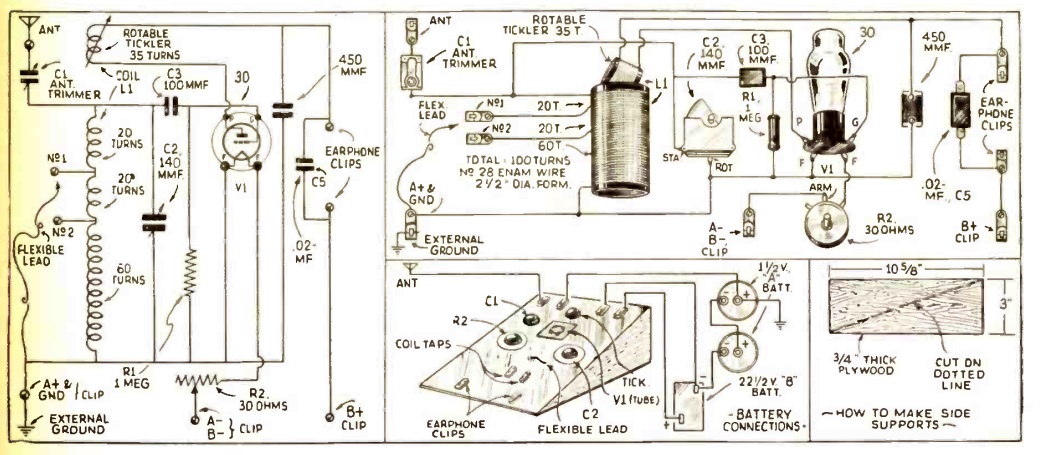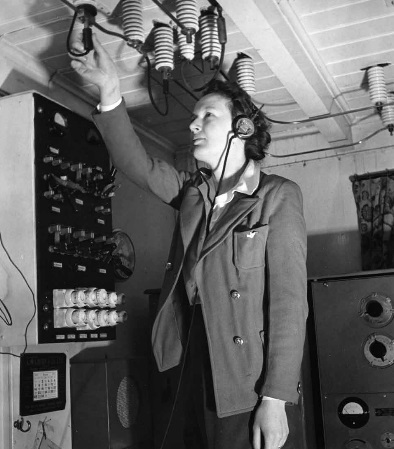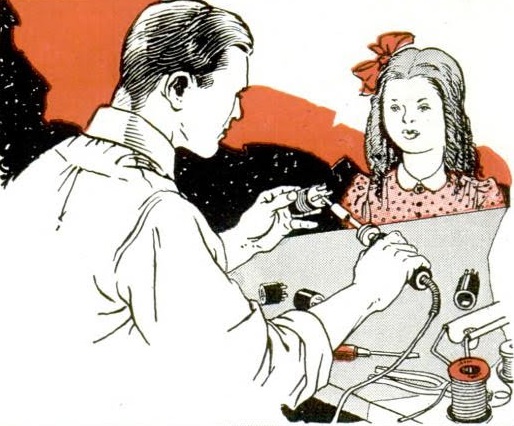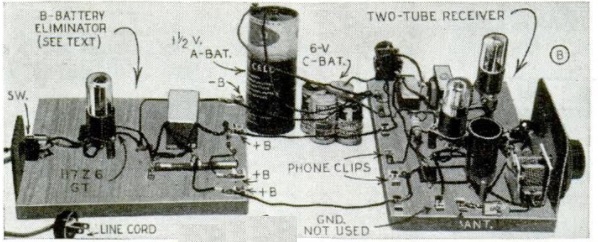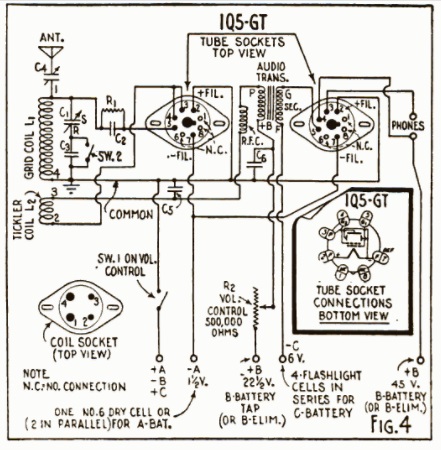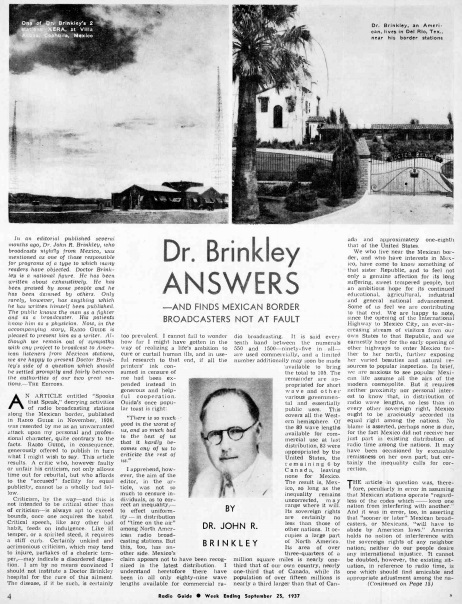 Shown here from the September 25, 1937, issue of Radio Guide is an article written by radio pioneer and questionable physician Dr. John Brinkley. Shown in the upper left is his radio station, XERA, Villa Acuna, Coahuila, Mexico. At the upper right is a picture of his home in neighboring Del Rio, Texas.
Shown here from the September 25, 1937, issue of Radio Guide is an article written by radio pioneer and questionable physician Dr. John Brinkley. Shown in the upper left is his radio station, XERA, Villa Acuna, Coahuila, Mexico. At the upper right is a picture of his home in neighboring Del Rio, Texas.
The station was famous not only for promoting the doctor’s dubious cures, but also for causing interference with U.S. broadcast stations. We previously wrote about how another of Dr. Brinkley’s stations, XEAW, Reynosa, interfered with WCFL, Chicago.
In an editorial published a few months earlier, the editors of Radio Guide opined that Brinkley’s Mexican stations operated “regardless of the codes which keep one nation from interfering with another,” and that “sooner or later, Mexican broadcasters will have to abide by American laws.”
The editors agreed to allow Brinkley to publish a response, and the result is shown here. Brinkley began by noting that he resented the editorial as an unwarranted attack upon his professional and personal character. He did acknowledge that the opportunity to offer a rebuttal showed that the editor “cannot be a wholly bad fellow.”
Brinkley spent most of his time championing the cause of broadcasters in the Mexican Republic, noting that of the 89 channels available on the broadcast dial, 83 had been “appropriated by the United States, and the remaining six by Canada, leaving none for Mexico.
In Brinkley’s mind, the good citizens of Mexico were entitled to radio stations. And those radio stations just happened to be his, broadcasting in English to audiences in the same country that had “appropriated” the rest of the dial.
Brinkley then concludes by testifying as to his own good character, noting that he was the son of a pioneer physician whose life was spent in unselfish, often uncompensated, ministry to the sick, in the rugged and sparsely settled Appalachian mountains. This inspired his “unusual research,” motivated by his “innate, inalienable, perhaps undue, ambition to serve his race.” This drove him to the air, in the service of more than 10,000 patients who found relief in his hospitals.
He concludes by noting that he had recently been elected as President of the Rotarians, and was on his way to Nice, France, to serve as their delegate.

